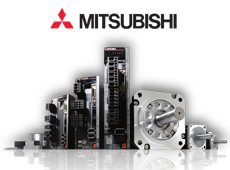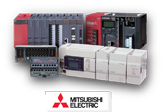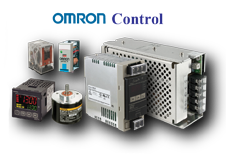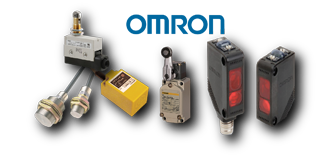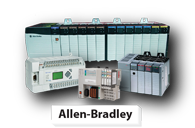The working principle of the photoelectric sensor is to realize the judgment of opening and closing by blocking and conducting the infrared emission light and inducing the current change in the infrared receiving tube. The slot optocoupler, also commonly referred to as a trough photoelectric switch, is generally a U-shaped structure. Its transmitter and receiver are respectively located on both sides of the U-shaped slot, and form an optical axis. When the detected object passes through the U-shaped slot and blocks the light. When the shaft is in motion, the photoelectric switch produces a detected switching signal. The slot photoelectric switch is relatively safe and reliable for detecting high-speed changes and distinguishing transparent and translucent objects.
First, the selection
There are three main considerations for the selection: how wide the slot width is; the resolution (width of the optical slit);
1, the width of the slot, the object to be detected through the slot optocoupler slot, in order to achieve the blocking of infrared light, so the photoelectric sensor slot width should be wider than the detection of objects, and have a certain margin, easy to install.
2, the resolution of the slot-type optocoupler, such as the detection of a tooth plate, the tooth width of the tooth plate is d, the tooth groove width is 3, then slot-shaped optocoupler optical slit width requirements less than d, and Less than f, in order to ensure that the infrared light can be effectively blocked and turned on, under the above conditions, select slot wide optocoupler.
3, slot-type optocoupler with a fixed hole and no fixed two, according to the actual situation of choice.
4, the installation location. When installing the sensor, the outer diameter of the detection tooth plate should exceed 1-2mm of the slot-type optocoupler optical axis. This can effectively block the light.
Second, the choice of peripheral circuit parameters
1. When selecting the external circuit of the slot optocoupler, first determine the load resistance of the slot optocoupler receiver, and then select the current of the infrared transmitter according to the conversion efficiency of the slot optocoupler.
2. The faster the moving speed of the measured object (such as 1-2kHz), the load resistance of the infrared receiver tube should be smaller.
Third, the use of matters needing attention
Photoelectric sensors in the use of problems, how to do? How to reduce the photoelectric sensor failure? This is a lot of users when using photoelectric sensors will encounter problems, then how to solve these problems, in fact, in daily life Note that the use of photoelectric sensors can reduce the occurrence of faults. Let’s introduce the use of photoelectric sensor precautions.
1. The front-end surface of the photoelectric sensor in use must be kept parallel to the surface of the workpiece or object to be inspected so that the photoelectric sensor has the highest conversion efficiency.
2. When mounting and soldering, the minimum distance between the root of the photosensor and the pad should not be less than 5mm, otherwise it is easy to damage the die when soldering. Or cause changes in the performance of the die. Welding time should be less than 4 seconds.
3. The minimum detectable width of the photoelectric sensor is 80% of the width of the photoelectric switch lens.
4. When inductive loads (such as lamps, motors, etc.) are used, their transient inrush current is large, which may deteriorate or damage the AC second-line photoelectric sensor. In this case, please transfer the load through the AC relay.
5. The lens of the infrared photoelectric sensor can be wiped with a lens paper, and chemicals such as dilute solvent are prohibited so as not to permanently damage the plastic mirror.
6, in view of the user’s actual site requirements, in some of the more severe conditions, such as dust more occasions, the production of photoelectric sensors in the sensitivity of the choice of an increase of 50%, in order to adapt to prolong the use of photoelectric sensor maintenance cycle The request.
7. Photoelectric sensors must be installed without direct exposure to strong light, because the infrared light in strong light will affect the normal operation of the receiving tube.

